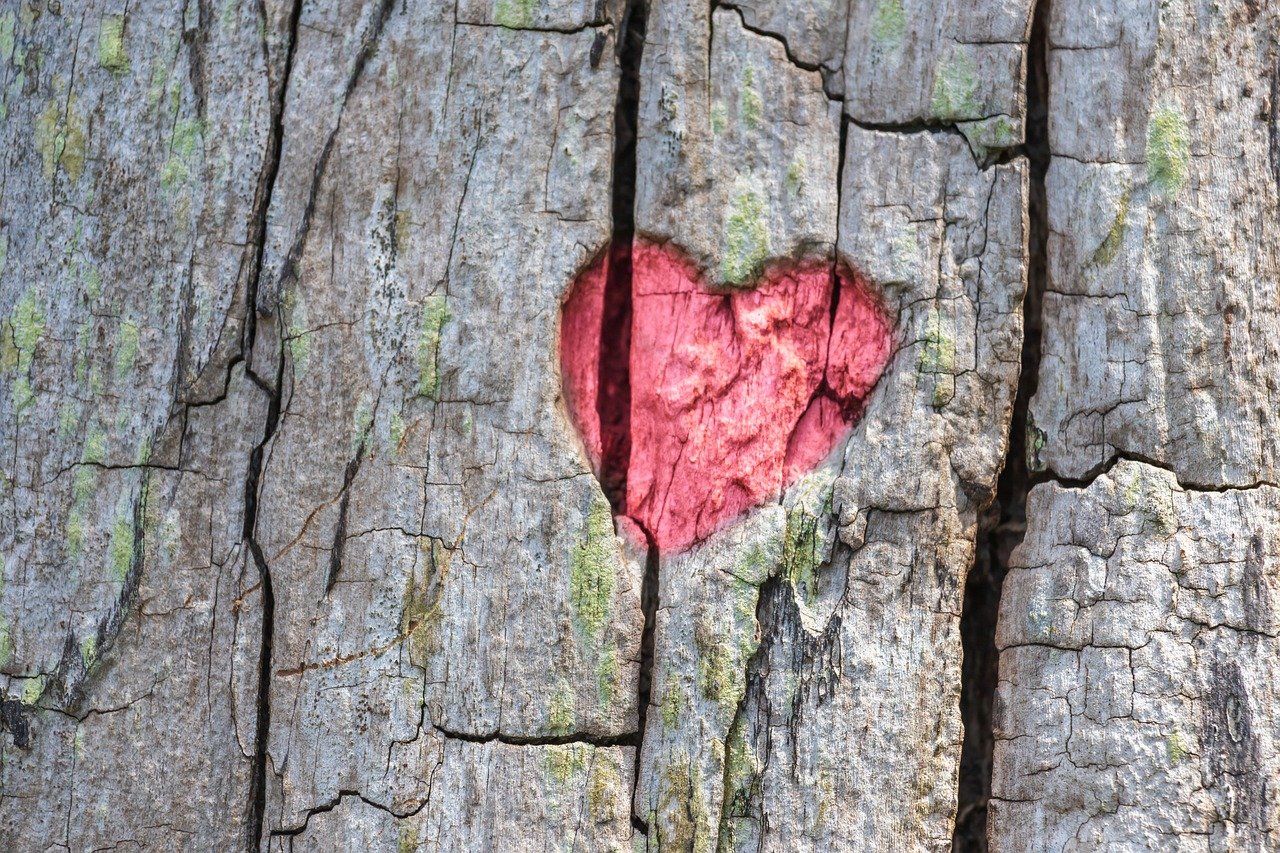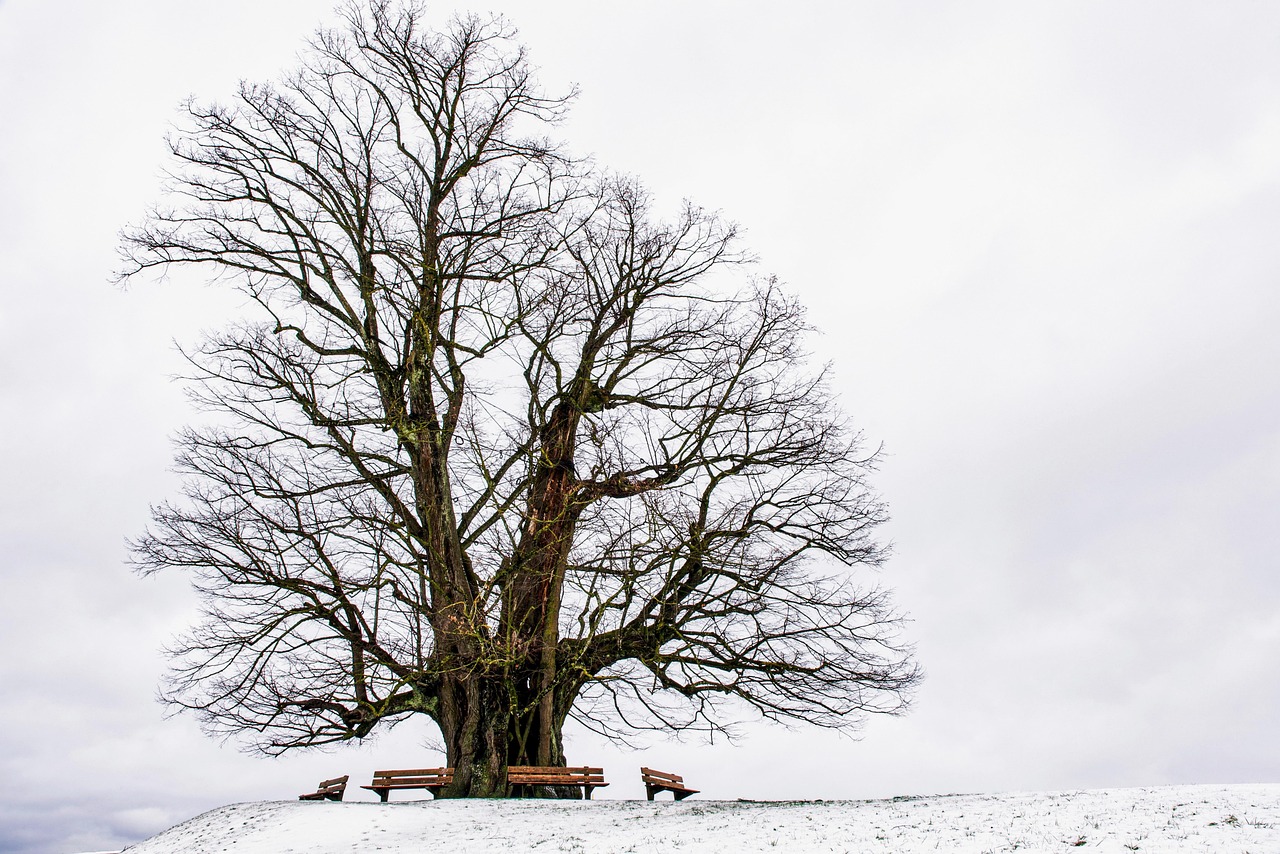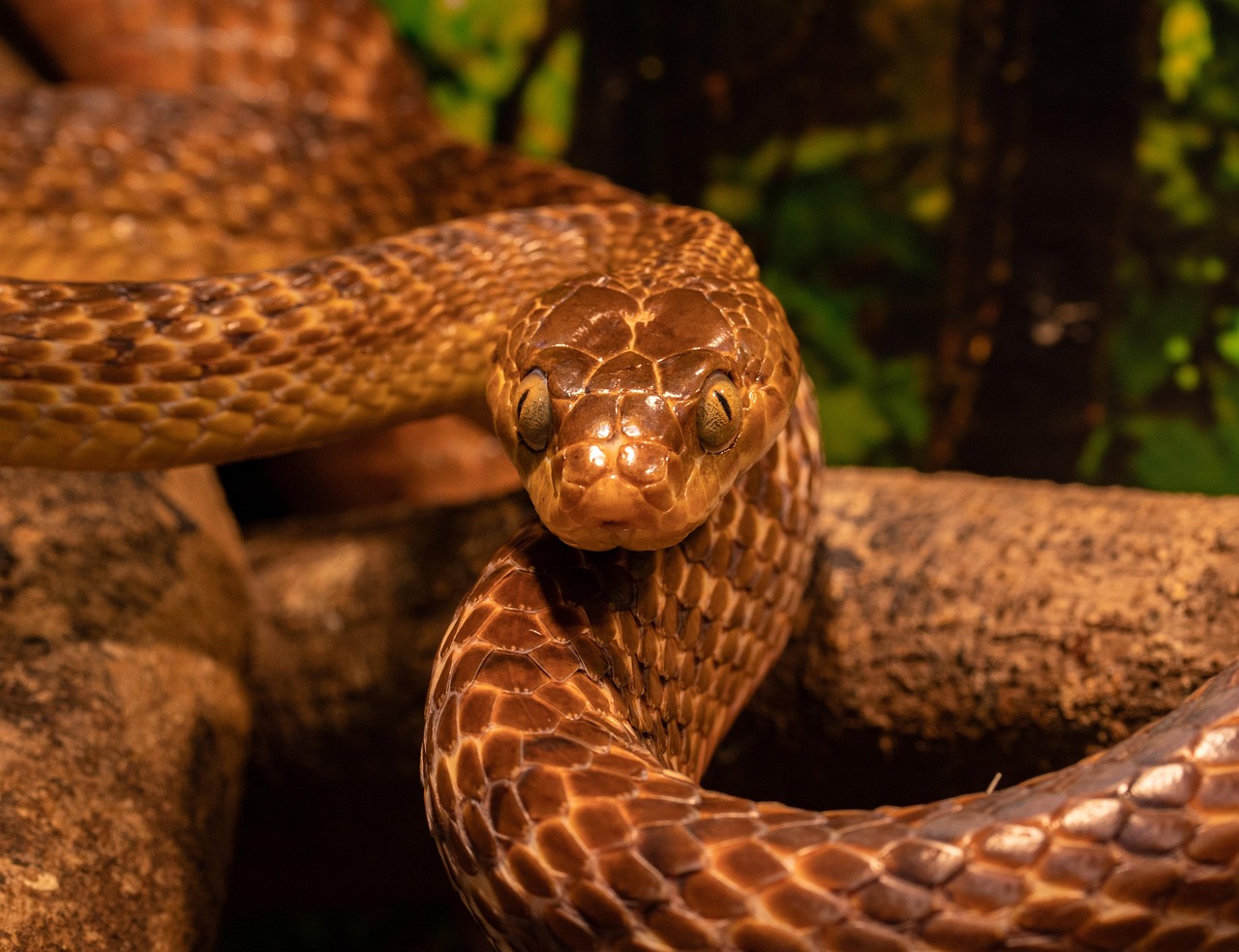The Ellwoodii tree, also known as the Eastern Red Cedar, has a moderate growth rate, typically reaching about 12 to 24 inches per year. This makes it an excellent choice for small decorative gardens where space is limited.
Understanding the Ellwoodii Tree
The Ellwoodii tree is a popular ornamental variety of the Eastern Red Cedar (Juniperus virginiana). It is favored for its dense foliage and pleasing conical shape. This tree is particularly well-suited for small decorative gardens due to its manageable size and attractive aesthetic. Typically, the Ellwoodii tree grows to a height of 8 to 15 feet, making it an ideal choice for confined spaces.

One of the most appealing aspects of the Ellwoodii tree is its resilience. It can thrive in various soil types and conditions. This adaptability makes it a preferred option for gardeners looking to add greenery without extensive maintenance. Additionally, the tree exhibits drought tolerance once established, making it suitable for various climates.
Growth Characteristics
The growth rate of the Ellwoodii tree is considered moderate compared to other ornamental trees. Under optimal conditions, it can achieve a height of about 12 to 24 inches annually. Factors such as soil quality, sunlight, and water availability play significant roles in determining how quickly the tree will grow.
Here are some key characteristics related to the growth of the Ellwoodii tree:

| Characteristic | Details |
|---|---|
| Growth Rate | 12 to 24 inches per year |
| Height | 8 to 15 feet at maturity |
| Width | 5 to 10 feet at maturity |
| Soil Preference | Well-drained soil; adaptable to various soil types |
| Sunlight Requirements | Full sun to partial shade |
| Drought Tolerance | High; once established |
Planting and Care Tips
To ensure the healthy growth of the Ellwoodii tree, proper planting and care are essential. When planting, select a location that receives ample sunlight, as this will promote better growth and denser foliage. The soil should be well-drained to avoid waterlogging, which can harm the root system.
Regular watering is crucial during the initial establishment phase. Once the tree is well-rooted, it will require less frequent watering. Mulching around the base can help retain moisture and suppress weeds. Fertilization is generally not necessary for established trees, but a balanced fertilizer can be applied in early spring if growth appears stunted.
Pest and Disease Management
The Ellwoodii tree is relatively resistant to pests and diseases. However, monitoring for common issues such as scale insects or cedar-apple rust is advisable. If detected early, these problems can often be managed with organic or chemical treatments.

Overall, the Ellwoodii tree is an excellent choice for those looking to enhance their small decorative gardens with a robust and visually appealing plant. Its moderate growth rate allows gardeners to enjoy its beauty without overwhelming their space.
Benefits of Choosing Ellwoodii Trees
In addition to their attractive appearance and manageable size, Ellwoodii trees provide several benefits:
- Attract wildlife such as birds with their dense foliage.
- Serve as natural windbreaks due to their conical shape.
- Require minimal maintenance once established, making them suitable for busy gardeners.
- Add year-round greenery, enhancing garden aesthetics in all seasons.
The combination of these characteristics makes the Ellwoodii tree an ideal option for small decorative gardens. Its growth rate, adaptability, and visual appeal contribute significantly to creating a charming outdoor space.
Optimal Growing Conditions for Ellwoodii Trees
To achieve the best growth rate and overall health of Ellwoodii trees, certain environmental conditions must be met. These factors include sunlight exposure, soil quality, and moisture levels. Understanding these requirements will help gardeners maximize the potential of their Ellwoodii trees.
Sunlight Requirements
Ellwoodii trees thrive in full sun to partial shade. Ideally, they should receive at least six hours of direct sunlight daily. This exposure encourages robust growth and vibrant foliage. When planted in shaded areas, the trees may become leggy and less dense, which can detract from their aesthetic appeal.

Soil Quality
The soil in which Ellwoodii trees are planted plays a crucial role in their growth. Here are some important soil characteristics to consider:
| Soil Characteristic | Details |
|---|---|
| Drainage | Well-drained soil is essential to prevent root rot. |
| pH Level | Preferably between 6.0 and 7.0 for optimal nutrient absorption. |
| Organic Matter | Incorporating organic matter enhances soil fertility and structure. |
| Soil Type | Sandy loam or clay loam soils are ideal for growth. |
Watering Needs
Proper watering is vital during the establishment phase of Ellwoodii trees. Newly planted trees require consistent moisture to develop a strong root system. Here are some tips for watering:
- Water deeply to encourage roots to grow downward.
- Avoid overwatering, as this can lead to root rot.
- Use mulch around the base to retain moisture and regulate soil temperature.
- Reduce watering frequency once the tree is established, typically after the first year.
Pruning and Maintenance
Regular pruning and maintenance are essential for maintaining the health and appearance of Ellwoodii trees. Pruning helps shape the tree and encourages denser foliage. Here are some guidelines for effective pruning:
Pruning Techniques
The best time to prune Ellwoodii trees is in late winter or early spring before new growth begins. This timing minimizes stress on the tree and promotes vigorous growth. Follow these techniques:
- Remove Dead or Diseased Branches: Inspect the tree regularly for any dead or diseased branches and remove them promptly to prevent disease spread.
- Thin Out Dense Areas: If the foliage becomes too dense, selectively thin out branches to improve air circulation and light penetration.
- Maintain Shape: Prune to maintain a conical shape that enhances the tree’s natural form.
Pest Management
While Ellwoodii trees are generally resistant to pests, occasional monitoring is beneficial. Common pests include:
- Cedar-Apple Rust: This fungal disease can affect the tree’s health. Remove affected leaves promptly.
- Scale Insects: Look for signs of scale on branches. Insecticidal soap can effectively manage small infestations.
- Spider Mites: These tiny pests can cause leaf discoloration. Regularly check for webbing on foliage.
Landscaping Ideas with Ellwoodii Trees
Integrating Ellwoodii trees into your garden design can enhance the overall beauty and structure of your outdoor space. Here are some landscaping ideas that make use of this versatile tree:
- Foundation Planting: Use Ellwoodii trees as foundation plants around your home or garden structures to create a cohesive look.
- Accent Pieces: Plant them as focal points in garden beds or along pathways for visual interest.
- Privacy Screens: Group several Ellwoodii trees together to create a natural privacy screen, shielding your garden from neighbors.
- Mixed Borders: Combine Ellwoodii trees with flowering shrubs and perennials for a vibrant mixed border.
The adaptability and aesthetic appeal of Ellwoodii trees make them a valuable addition to small decorative gardens. By understanding their growing conditions and maintenance needs, gardeners can successfully enjoy the beauty they bring to their landscapes.
Common Varieties of Ellwoodii Trees
When considering the Ellwoodii tree for your garden, it’s essential to understand the different varieties available. Each variety may have unique characteristics that cater to specific landscaping needs. Below are the most popular types of Ellwoodii trees, along with their distinguishing features.
Ellwoodii Juniper (Juniperus virginiana ‘Ellwoodii’)
The Ellwoodii juniper is the most recognized variety. It is known for its compact, conical shape and dense foliage, which provides excellent coverage. The foliage is typically a vibrant green that can take on a bluish hue, especially in colder months.
- Height: 8 to 15 feet
- Width: 5 to 10 feet
- Growth Rate: Moderate, about 12 to 24 inches per year
- Best Uses: Privacy screens, foundation plantings, and accent pieces
Blue Point Juniper (Juniperus chinensis ‘Blue Point’)
This variety is another excellent choice for decorative gardens. It has a more upright growth habit and features striking blue-green foliage that stands out in any landscape. The Blue Point juniper is particularly favored for its ability to tolerate various soil conditions.
- Height: 10 to 15 feet
- Width: 4 to 6 feet
- Growth Rate: Moderate, approximately 12 inches per year
- Best Uses: Specimen trees, hedging, and windbreaks
Shore Juniper (Juniperus conferta)
The Shore juniper is a low-growing variety that spreads horizontally rather than growing tall. It is ideal for ground cover and can be used effectively in rock gardens or as a border around flower beds.
- Height: 1 to 2 feet
- Width: Up to 6 feet wide
- Growth Rate: Fast, approximately 12 to 24 inches per year
- Best Uses: Ground cover, erosion control, and cascading over walls
Environmental Benefits of Ellwoodii Trees
In addition to their ornamental value, Ellwoodii trees provide numerous environmental benefits. Incorporating these trees into your garden can contribute positively to the ecosystem.
Air Quality Improvement
Ellwoodii trees, like other conifers, play a vital role in improving air quality. They absorb carbon dioxide and release oxygen through photosynthesis. This natural process helps mitigate air pollution and promotes a healthier environment.
Soil Erosion Prevention
The extensive root system of Ellwoodii trees helps anchor the soil, preventing erosion. This is particularly beneficial on slopes or areas prone to runoff. By planting these trees, gardeners can contribute to soil conservation efforts.
Wildlife Habitat
Ellwoodii trees provide essential habitat for various wildlife species. Their dense foliage offers shelter and nesting sites for birds and small mammals. Additionally, they can attract pollinators like bees and butterflies, further enhancing biodiversity in your garden.
Seasonal Care for Ellwoodii Trees
Caring for your Ellwoodii trees throughout the seasons is crucial for their health and growth. Each season presents unique challenges and opportunities for maintenance.
Spring Care
As temperatures begin to rise, spring is the perfect time for a thorough inspection and maintenance routine:
- Pruning: Remove any dead or damaged branches from the winter.
- Fertilization: Apply a balanced fertilizer to encourage new growth.
- Watering: Ensure consistent moisture as the weather warms up.
Summer Care
The summer months require vigilance regarding watering and pest control:
- Watering: Water deeply during dry spells, especially for newly planted trees.
- Pest Monitoring: Keep an eye out for common pests like spider mites or scale insects.
- Mulching: Refresh mulch around the base to retain moisture and suppress weeds.
Fall Care
As fall approaches, it’s important to prepare your Ellwoodii trees for winter:
- Final Pruning: Light pruning can help maintain shape before dormancy.
- Watering: Water well before the ground freezes to ensure the tree is hydrated.
- Mulching: Add a layer of mulch to insulate roots from cold temperatures.
Winter Care
During winter, Ellwoodii trees may face challenges from snow and ice:
- Sweeping Snow: Gently brush off heavy snow accumulation to prevent branch breakage.
- Ice Protection: If ice forms on branches, avoid shaking them; this may cause damage.
- Pest Checks: Inspect for any signs of pest activity during warmer winter days.
By following seasonal care guidelines, gardeners can ensure their Ellwoodii trees remain healthy and vibrant throughout the year.
Enhancing Your Garden with Ellwoodii Trees
Incorporating Ellwoodii trees into small decorative gardens can significantly enhance the visual appeal and functionality of outdoor spaces. Their unique characteristics and growth habits make them versatile plants suitable for various landscape designs. Whether you are looking to create a serene retreat or an inviting garden path, Ellwoodii trees can play a crucial role.
Utilizing Ellwoodii Trees in Various Garden Designs
Ellwoodii trees can easily integrate into different garden styles. Here are some ideas to maximize their benefits:
- Formal Gardens: Use Ellwoodii trees in symmetrical plantings to create structured lines and enhance the formal aesthetic.
- Cottage Gardens: Plant them alongside flowering perennials for a charming, rustic appearance.
- Zen Gardens: Their conical shape makes them perfect for minimalist designs, adding character without overwhelming the space.
- Contemporary Spaces: Use Ellwoodii trees in modern landscapes as focal points, contrasting with sleek hardscaping materials.
Considerations for Planting Density
When planting multiple Ellwoodii trees, spacing is essential to ensure healthy growth and prevent overcrowding. Here are some guidelines for optimal planting density:
- For privacy screens, space trees about 5 to 6 feet apart, allowing them to grow together while maintaining their individual health.
- In mixed borders, allow 3 to 4 feet between each tree to provide sufficient air circulation and sunlight.
- If used as accent pieces, place them at least 10 feet apart to highlight their unique forms and colors.
Potential Challenges and Solutions
While Ellwoodii trees are generally low-maintenance, gardeners should be aware of potential challenges that may arise:
- Overwatering: This can lead to root rot. Ensure that soil drains well and only water when necessary.
- Pest Infestations: Regularly monitor for pests and apply appropriate treatments as soon as signs appear.
- Winter Damage: Protect young trees from harsh winter winds by wrapping the base with burlap or using windbreaks.
Final Thoughts
The Ellwoodii tree is a remarkable choice for small decorative gardens. Its moderate growth rate, attractive foliage, and adaptability to various growing conditions make it a favorite among gardeners. By understanding its needs and characteristics, you can successfully incorporate this tree into your landscape design.
Through proper care, including seasonal maintenance and thoughtful placement, Ellwoodii trees can thrive and bring beauty to your garden year-round. Their ability to attract wildlife, improve air quality, and prevent soil erosion adds further value, making them not just aesthetically pleasing but also environmentally beneficial.
Ultimately, whether you are an experienced gardener or a beginner, the Ellwoodii tree offers a practical solution for enhancing your outdoor space. Embrace the charm it brings and enjoy the many benefits of this beautiful tree in your decorative garden.
